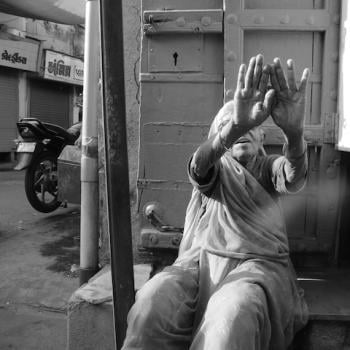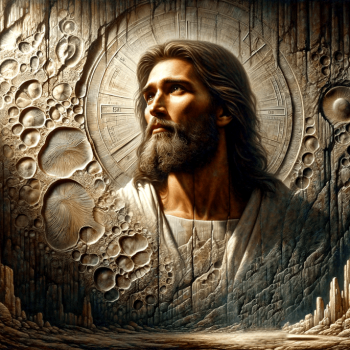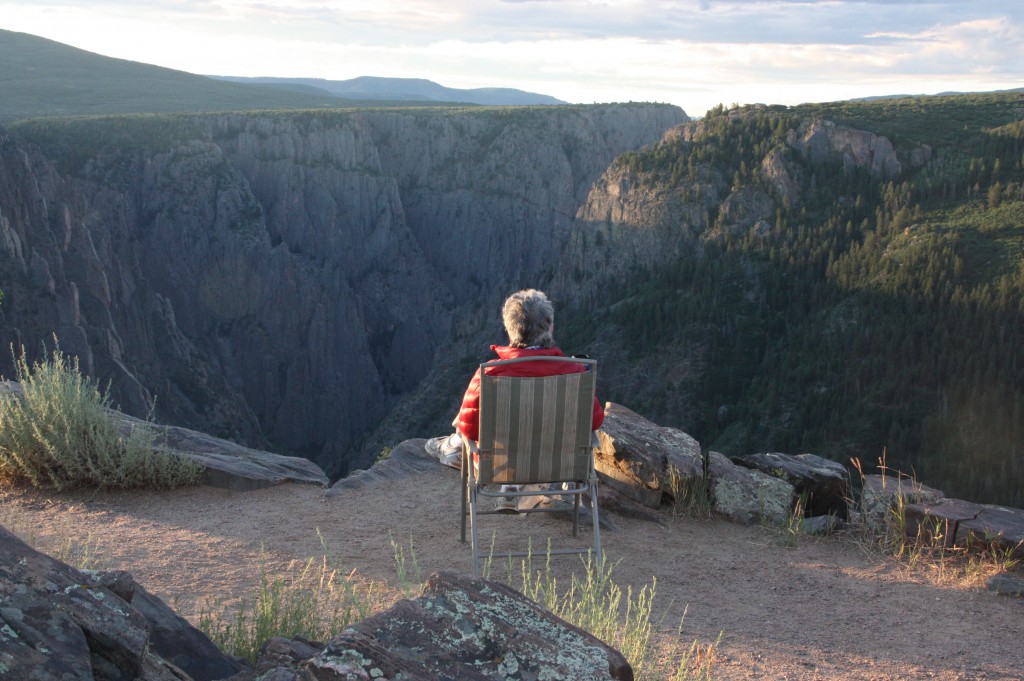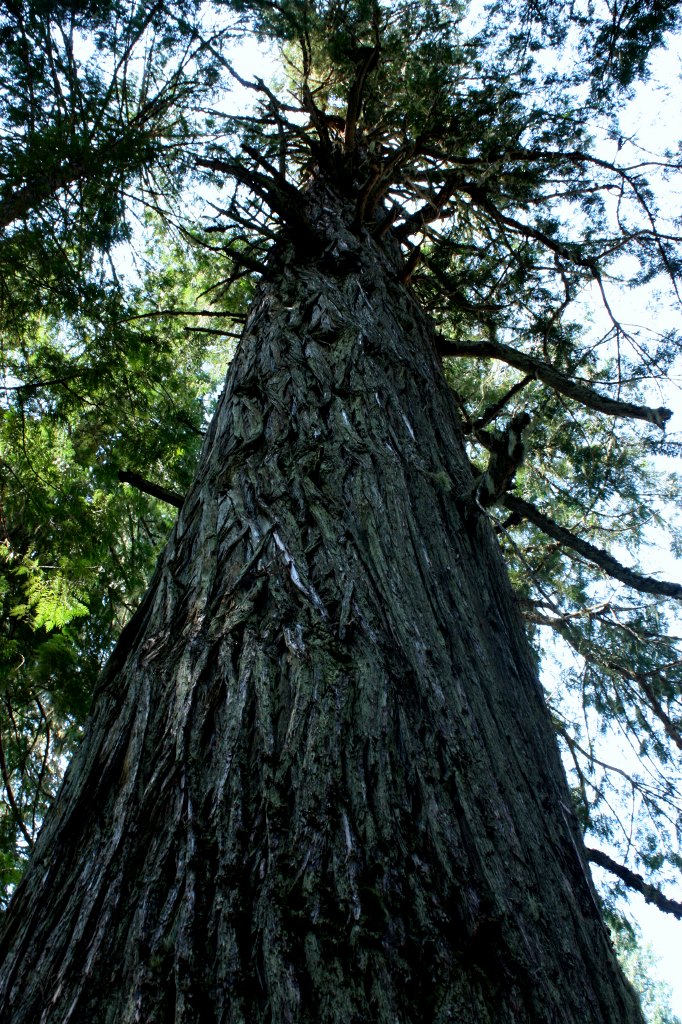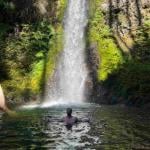Today’s post is my monthly column for the Episcopal News Service, reprinted below:
On a recent trip to the Grand Canyon, I was amused to hear a guide recount what is surely the most bone-headed prognostication ever made concerning a national park. After exploring the canyon in 1857-58, Joseph C. Ives wrote this report:
“The region . . . is, of course, altogether valueless…after entering it, there is nothing to do but leave. Ours has been the first and the last party of whites to visit this profitless locality. It seems intended by nature that the Colorado River, along the greater portion of its lonely and majestic way, shall be unvisited and undisturbed.”
The nearly five million people who visit the Grand Canyon each year beg to differ with Ives, though it must be admitted that most visitors leave the park without exploring much beyond the canyon’s rim. But that word valueless kept returning to me during my time in the park, making me think about the worth of a place like the Grand Canyon. In economic terms, it doesn’t have much value. You can’t grow anything in its desert soil. You can’t pasture cattle or even goats. Probably its only real value is as for mining.
If that sounds sacrilegious to you, it should, because the Grand Canyon—like many of our most beloved national parks—is sacred ground, a fact sensed at some level even by those who view the canyon only briefly.
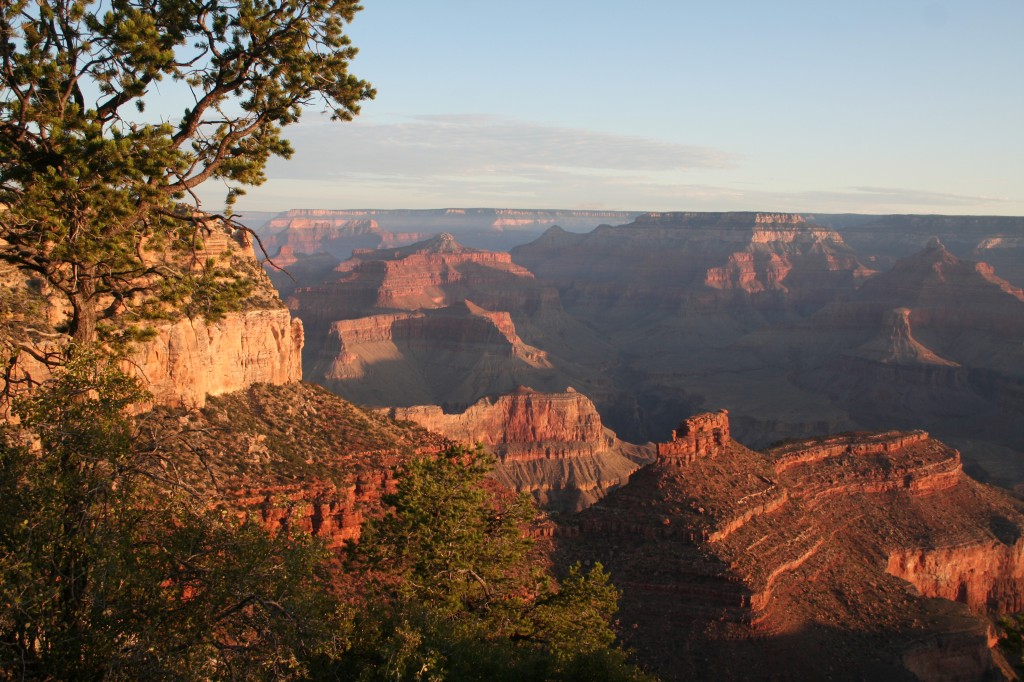
I felt that sacredness most vividly on my last morning in the park, when I got up before dawn and made my way in darkness to the rim. I thought I might have the view largely to myself, but there were already many people near the edge of the precipice, gazing silently into the canyon as the sunlight gradually crept across the spires and valleys below.
I was struck by how different the atmosphere was from during the daytime, when throngs of tourists stand in those same places snapping pictures and chattering. Instead, these watchers of the dawn had the air of worshippers, awestruck and reverent.
“Reverent” is a old-fashioned word, is it not? It is an adjective that seems to belong to an earlier age. After all, we live in a culture that celebrates its very opposite. Our default mode is to be irreverent, flip, and ironic, a way of being that distances us from caring too much or getting too involved.
But a deep hunger for awe remains buried within even the most cynical of us, emerging at places like the rim of the Grand Canyon. A yearning for a sense of reverence is why people drive thousands of miles and get up before dawn to stand on the canyon’s edge. It’s what kept my fellow watchers and I transfixed by the interplay of morning light and ancient rock.
Paul Woodruff gives the best one-sentence description of reverence that I know, describing it as “the virtue that keeps human beings from trying to act like gods.” In his book Reverence: Renewing a Forgotten Virtue, he writes of how highly it was valued by the ancient Greeks, who felt that reverence was the greatest bulwark against human arrogance.
It’s pretty hard to feel godlike when you stand on the rim of the Grand Canyon, at the base of a sequoia, or on the top of a mountain. Instead you feel small, but in that smallness there’s a kind of liberation. These landscapes have existed for millennia and will continue long after we’ve become food for worms. They don’t require anything from us—other than to be left alone—and in one sense they don’t give us anything either, as Joseph Ives so memorably stated in his report.
Instead they allow us, even for just a few moments, to transcend the quotidian distractions that fill our days. Their vastness absorbs our doubts, fears, troubles, and sadnesses, leaving us cleansed and open. That is why we come to them in pilgrimage, so that we may stand there silently watching, there on the rim of the canyon.



